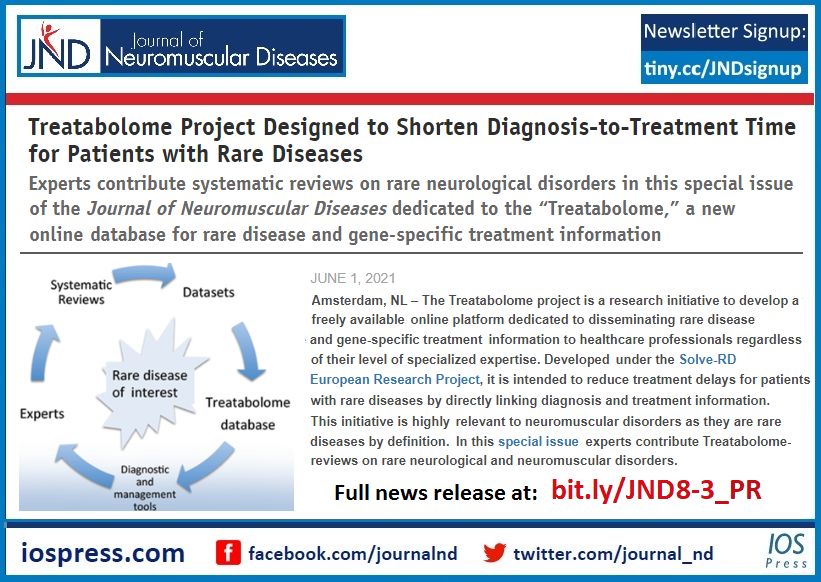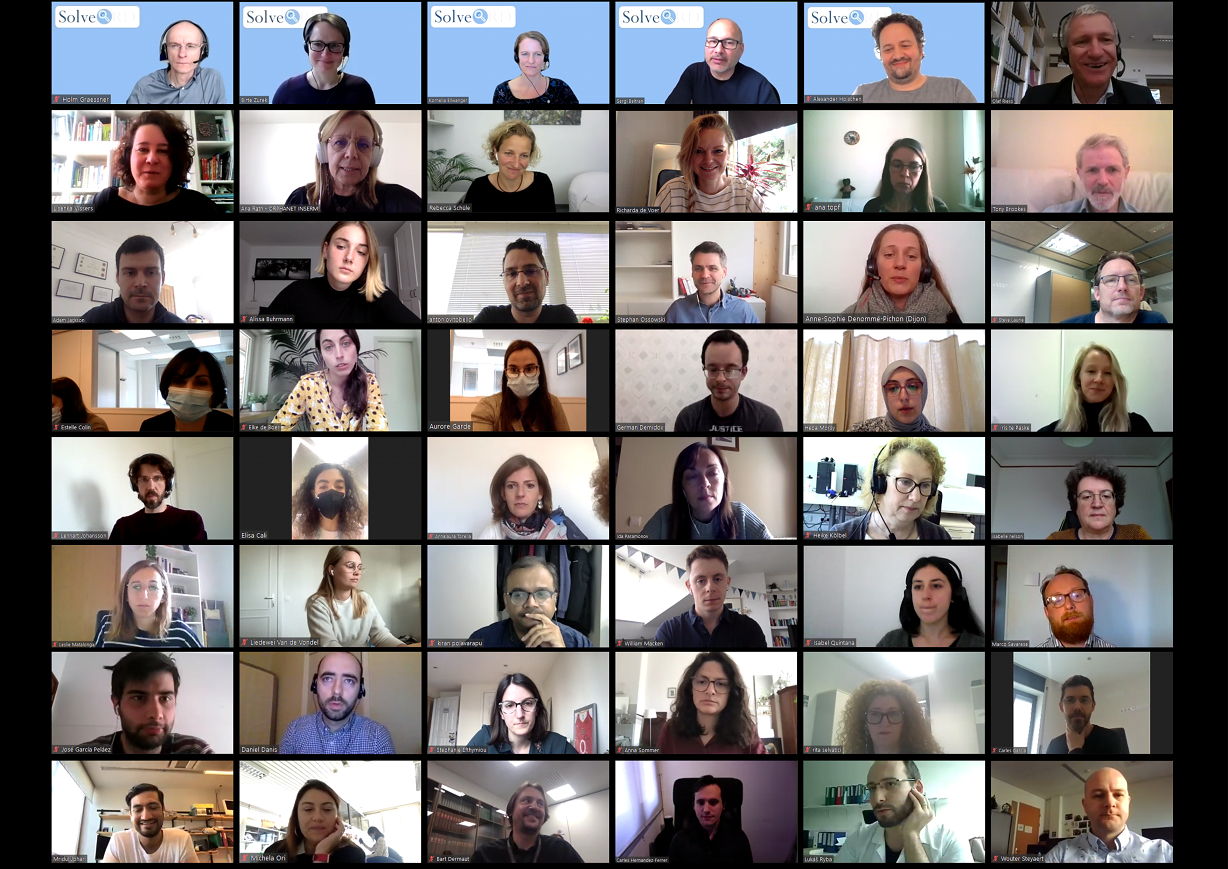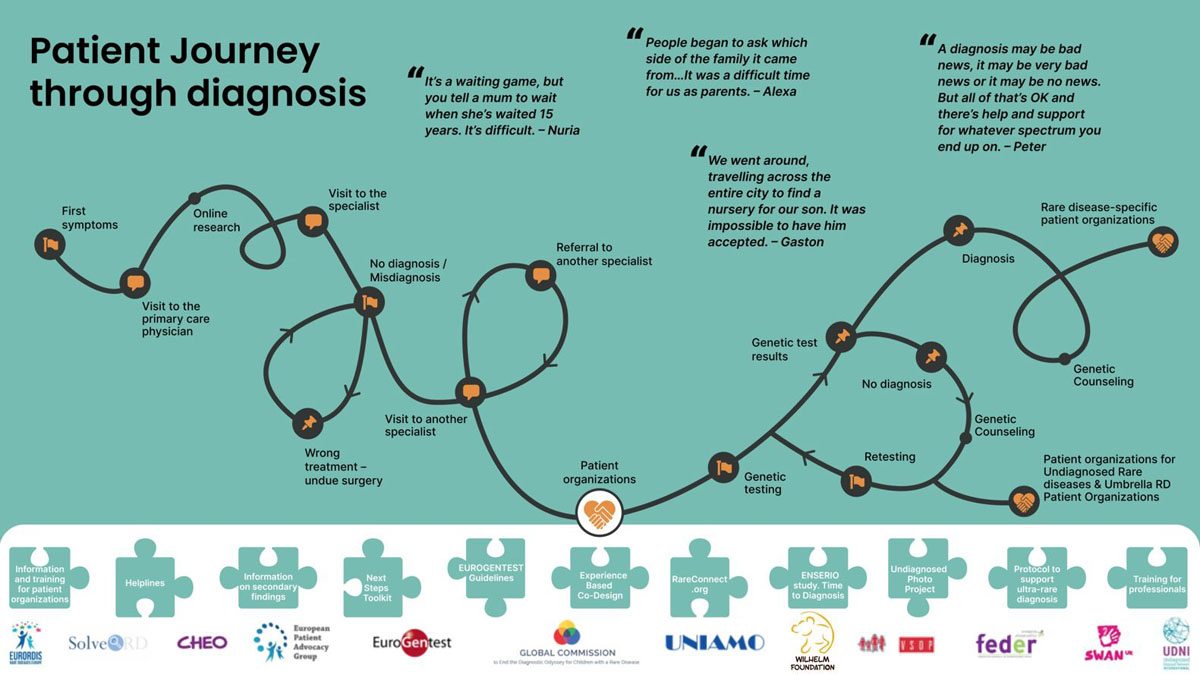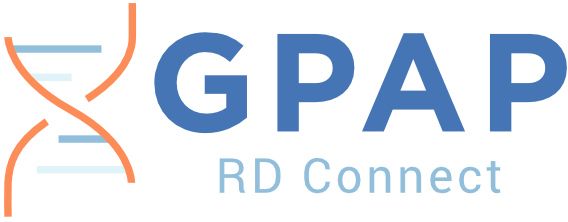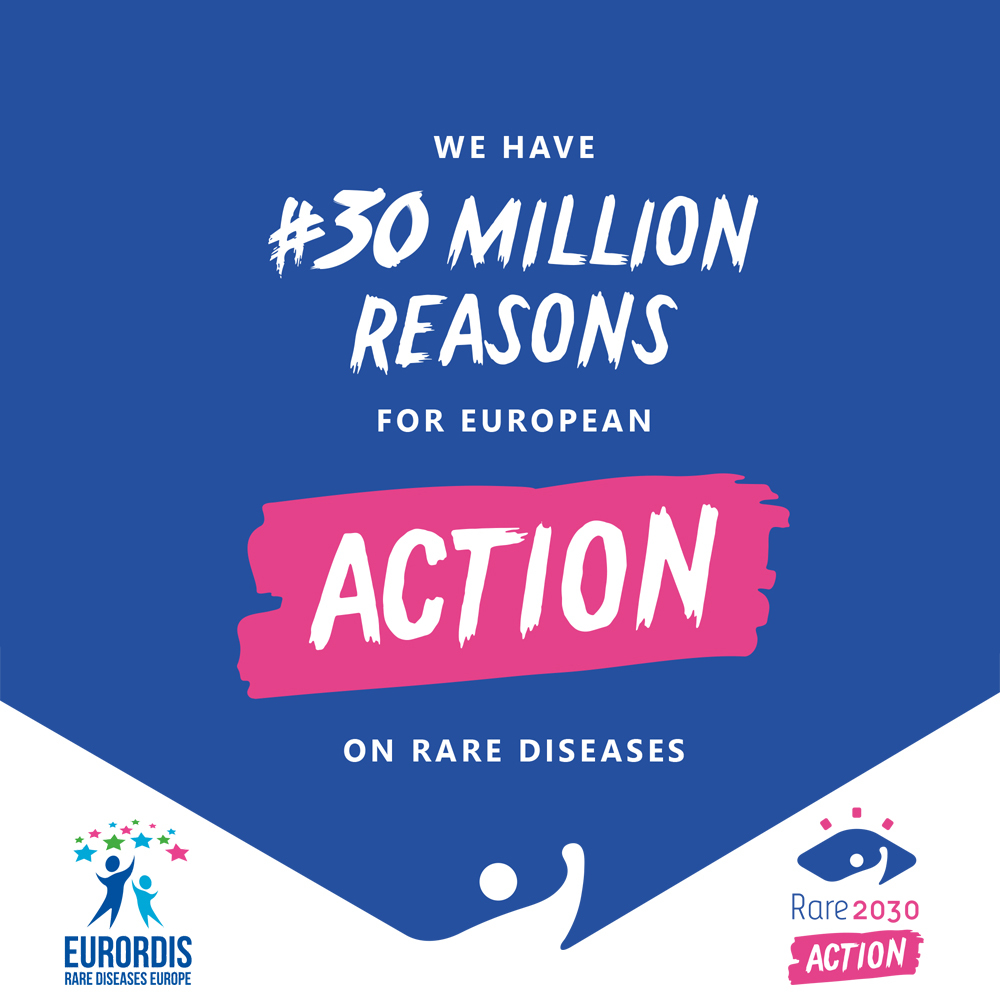
Share your reason for action on rare diseases!
Every person living with a rare disease is a reason for Europe to take action on rare diseases that leaves no one behind by 2030.
Solve-RD joined EURORDIS and the rare disease community in the #30millionreasons campaign for a new EU Action Plan on rare diseases, that will leave no one behind by 2030. We have #30millionreasons for Europe to take action to.
And here is ours: We need a European action plan on rare diseases…
… because we need a European strategy that allows all unsolved rare disease patients entering a transnational research and diagnostic pipeline.
More information can be found here.

